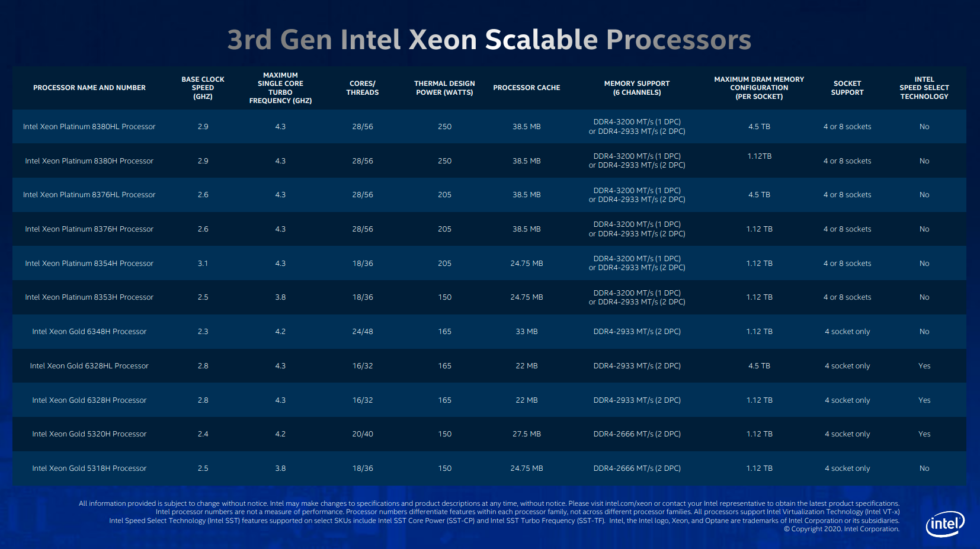Redmi K60, Redmi K60 Pro with Snapdragon CPUs, 16GB RAM, up to 120W fast charging launched

Redmi K60 specifications, features
Redmi K60 sports a 6.67-inch 2K AMOLED panel with a 3,200 x 1,440-pixel resolution, a 120Hz refresh rate, a 480Hz touch sampling rate, 12-bit P3 colour gamut, up to 1,400-nits maximum brightness, 1920Hz PWM dimming, HDR10+, and Dolby Vision support.

For photography, the handset features a triple rear camera setup that houses a 64MP primary sensor (6P lens, f/1.79 aperture) with OIS, an 8MP ultra-wide-angle shooter, and a 2MP macro lens. On the front, the Redmi K60 sports a 16MP camera sensor for selfies and video calls.
The device is equipped with an under-display fingerprint scanner for security, dual speakers, and an infrared sensor. In terms of connectivity, it supports 5G, 4G, dual-band Wi-Fi, NFC, Bluetooth, GPS, and a USB Type-C charging port.
Redmi K60 Pro specifications, features
The Pro model sports the same amazing display as the vanilla model with a 6.67-inch 2K panel, 120Hz refresh rate, 1920Hz PWM dimming, 1400-nits peak brightness, P3 colour gamut, and HDR10+ support.

The Redmi K60 Pro is powered by the Snapdragon 8 Gen 2 SoC, coupled with up to 16GB of LPDDR5x RAM, and 512GB of UFS 4.0 storage. The handset also packs a 5000mm² super large VC heat dissipation system. It is backed by a 5,000mAh battery with 120W fast wired charging and 30W wireless charging. It ships with Android…


